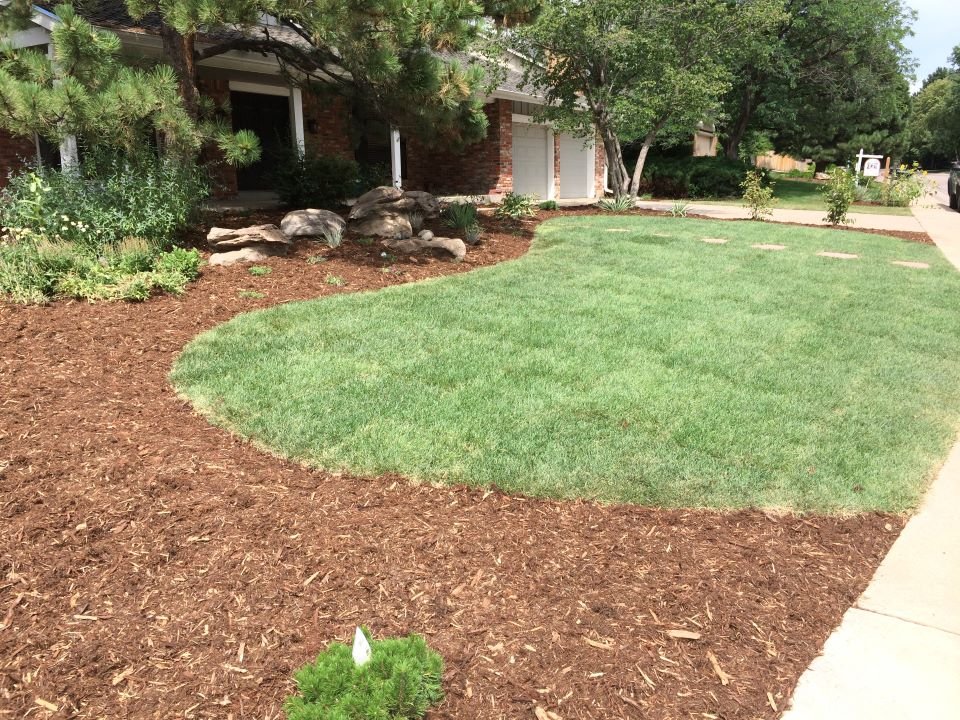Choosing the Right Mulch for Your Garden Beds
Mulch is more than a decorative topping for your outdoor spaces. It plays an essential role in protecting soil, retaining moisture, regulating temperature, and even suppressing weeds. For any well-maintained garden bed, selecting the right mulch type can determine the long-term health and appearance of your plants. But with a variety of materials and textures available, making the right decision requires more than just aesthetic preference.
Understanding the different types of mulch, how they function, and where they work best helps you create a thriving and low-maintenance garden. Whether you’re growing ornamentals, edibles, or evergreens, mulch is a crucial layer that supports soil structure and plant vitality year-round.
Organic vs. Inorganic Mulch: Understanding the Basics
The first decision in choosing mulch for your garden bed is whether to go with organic or inorganic material. Each has distinct advantages depending on your needs.
Organic Mulch: Made from natural materials like bark, wood chips, straw, leaves, and compost. These options decompose over time, enriching the soil with nutrients. They are ideal for vegetable plots and flower gardens that benefit from continuous soil improvement.
Inorganic Mulch: Includes materials like gravel, stones, rubber chips, and landscape fabric. While these don’t improve soil fertility, they are long-lasting and effective at suppressing weeds and conserving moisture. Inorganic mulch works well in high-traffic areas, xeriscaping, or beds with shrubs that don’t require frequent soil amendments.
Choosing between these types depends on your garden’s purpose, maintenance routine, and climate considerations.
Matching Mulch Types to Garden Needs
Different plants and design goals call for different types of mulch. Here’s a breakdown of common mulch materials and when to use them:
Shredded Hardwood: Great for perennial beds and around trees. It breaks down slowly and looks natural in woodland-style gardens.
Pine Bark Nuggets: Suitable for large shrubs or wide beds. These take longer to break down but can float in heavy rain, so they’re better for flat areas.
Compost or Leaf Mold: Ideal for vegetable gardens and annual flower beds. Rich in nutrients, this mulch enriches the soil quickly but needs regular replenishment.
Straw or Hay: Useful in edible gardens to keep fruits like strawberries off the soil. Choose weed-free straw to avoid introducing seeds.
Gravel or Pebbles: Perfect for drought-tolerant or modern landscapes. Works best when paired with a weed barrier underneath.
Rubber Mulch: Durable and low-maintenance, though not suitable for all plant types. Often used in playgrounds or non-growing areas.
For enhanced design continuity, consider how your mulch complements other landscaping elements like hardscape or garden edging.
Key Benefits of Mulching Your Garden Bed
Mulching does more than create a polished look, it provides year-round benefits that promote healthy plant growth and soil sustainability.
Moisture Retention: Mulch acts as a barrier between the soil and sun, reducing evaporation and helping roots stay hydrated longer.
Weed Suppression: A thick layer of mulch minimizes light exposure to weed seeds, limiting their ability to germinate and spread.
Soil Temperature Regulation: Insulating the soil protects roots from temperature extremes, especially during seasonal transitions.
Erosion Control: By shielding the soil from rain and wind, mulch helps prevent topsoil loss and maintains bed structure.
Nutrient Improvement: Organic mulch, as it decomposes, adds essential nutrients and encourages beneficial microbial activity in the soil.
A healthy garden bed doesn’t just rely on the right plants, but it also depends on what’s happening at the root level, and mulch plays a major part in that equation.
Mulch Maintenance Tips for Lasting Results
Choosing the right mulch is only the beginning. To get the most out of your garden bed, proper upkeep is essential.
Apply Correct Depth: Spread mulch 2–3 inches thick to balance protection with breathability. Too little won’t insulate; too much can smother.
Keep It Off Stems: Avoid piling mulch against plant stems or tree trunks, which can encourage rot or pest problems.
Refresh as Needed: Organic mulch needs replenishing about once a year. Check for compaction or fading to know when to top off.
Rake and Turn: Occasionally fluff your mulch to break up crusted layers and improve water penetration.
Watch for Pests: Some mulches, particularly wood-based ones, can attract insects if overused. Monitor conditions and adjust when necessary.
For areas that require even less maintenance, some homeowners consider artificial turf options, especially around decorative beds or pathways.
When Mulch Becomes More Than a Detail
It’s easy to overlook mulch as just another layer in your landscaping, but its role in garden health and visual impact is hard to overstate. From protecting your plants to framing your outdoor space, the right mulch adds value both above and below the surface. If you’re unsure what type works best for your local climate, soil type, or plant selection, expert guidance can help you make a long-lasting choice that aligns with your overall landscape vision.
Let Your Garden Beds Shine
Need help choosing the perfect mulch or refreshing your current setup? Connect withHighlands Landscaping for expert support in creating a healthier, more beautiful garden bed that complements your outdoor living space.

